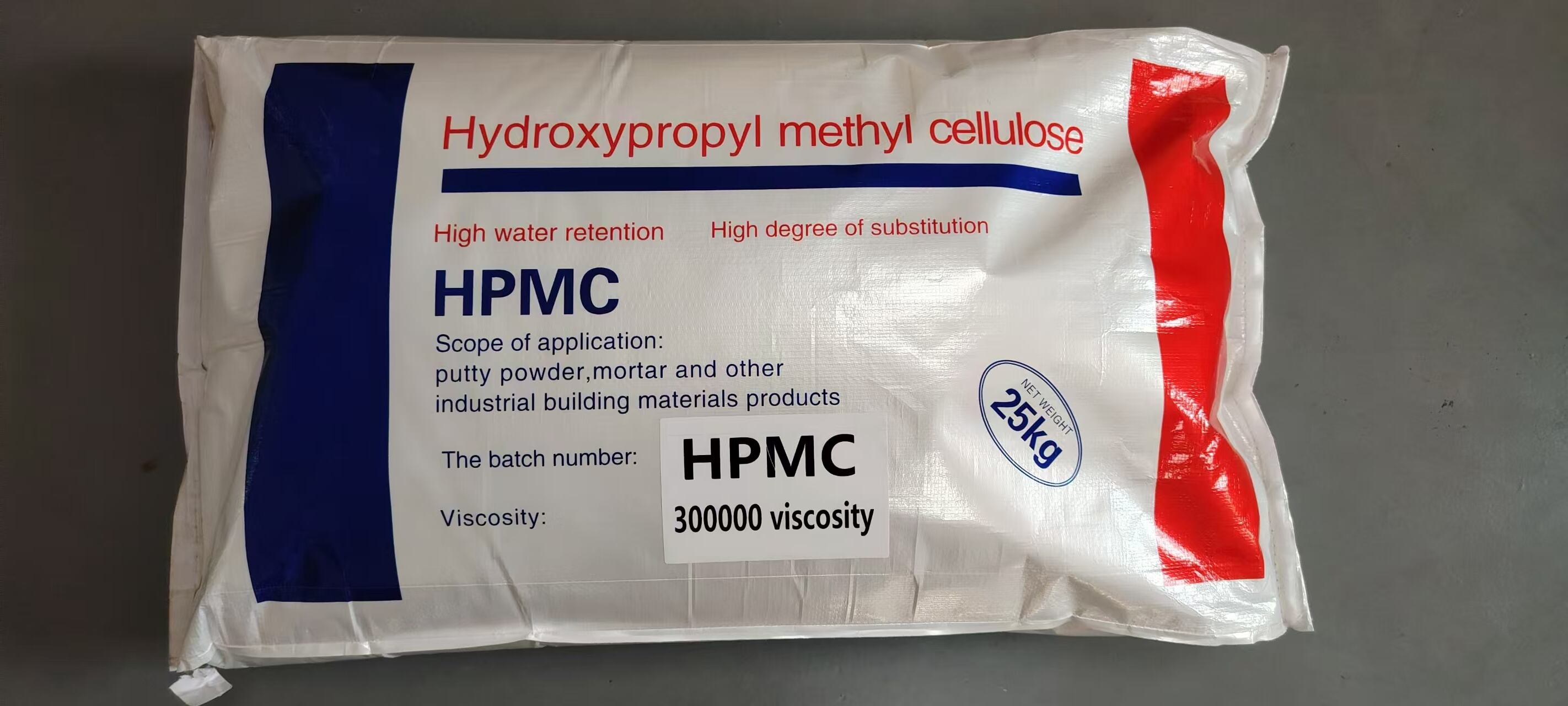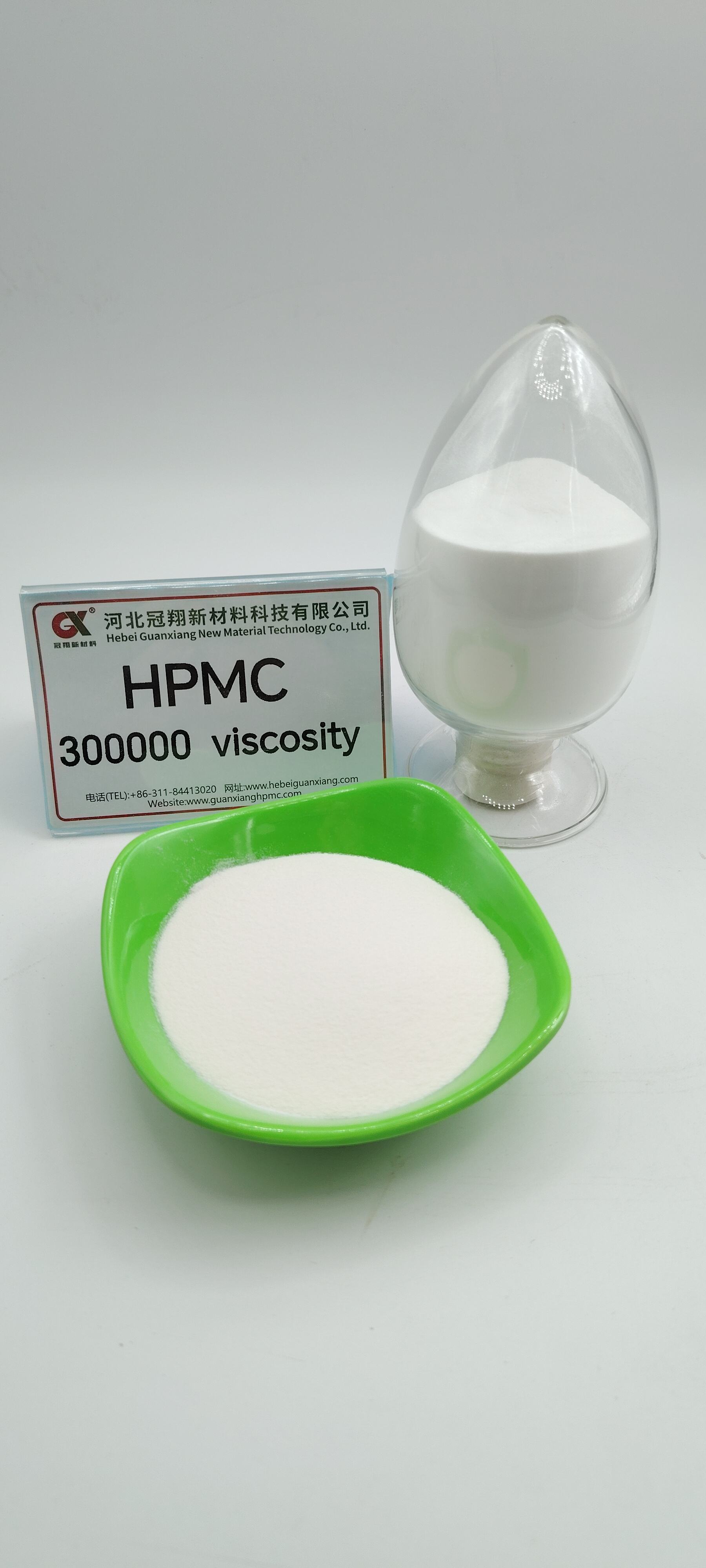Understanding Viscosity Variations in HPMC Performance
Hydroxypropyl methylcellulose (HPMC) serves as a crucial rheology modifier in tile adhesive formulations, with viscosity grades ranging from 5,000 to over 100,000 mPa·s dramatically affecting product performance. The selection between high-viscosity and low-viscosity HPMC influences everything from water retention and open time to sag resistance and workability in cement-based adhesives. High-viscosity HPMC creates robust three-dimensional networks within the adhesive matrix, providing exceptional sag resistance for vertical applications but potentially requiring more mixing energy. Low-viscosity HPMC offers easier dispersion and improved workability, making it preferable for thin-bed applications where smooth troweling is essential. The molecular weight differences between these HPMC grades determine not just thickness but also hydration rate, film-forming capability, and moisture retention characteristics. Tile adhesive formulators must carefully match HPMC viscosity to specific application requirements, considering factors like substrate type, tile size, and environmental conditions that affect installation performance.
Rheological Properties and Workability
High-Viscosity HPMC Characteristics
High-viscosity HPMC (typically 75,000-100,000 mPa·s) creates pronounced shear-thinning behavior in tile adhesives, allowing the material to flow under troweling pressure while resisting sag once applied. This rheological profile makes high-viscosity HPMC ideal for large-format tile installations where heavy tiles could displace standard adhesives. The strong water-binding capacity of high-viscosity HPMC extends open time significantly, benefiting installations in warm climates or complex layouts requiring precise alignment. However, the thick consistency of high-viscosity HPMC-modified adhesives demands more physical effort during mixing and application, potentially slowing installation speed. The pseudoplasticity of these formulations allows smooth troweling despite their high static viscosity - a property that prevents slump in vertical applications while permitting adequate wetting of tile backs. High-viscosity HPMC also contributes to improved suspension of mineral fillers, preventing segregation during adhesive storage and application.
Low-Viscosity HPMC Advantages
Low-viscosity HPMC (15,000-40,000 mPa·s) provides distinct handling benefits that make it preferable for many tile adhesive applications. These grades hydrate more quickly than their high-viscosity counterparts, reducing the need for prolonged mixing or waiting time before application. The lower molecular weight of low-viscosity HPMC creates less resistance during troweling, allowing installers to work more efficiently with less physical strain. This characteristic proves particularly valuable for thin-set applications where smooth, even adhesive layers are critical. While low-viscosity HPMC offers less sag resistance inherently, formulators often compensate by adding other rheology modifiers or adjusting the powder-to-liquid ratio. The faster dissolution rate of low-viscosity HPMC makes it more forgiving in cold water conditions where high-viscosity grades might require temperature-controlled mixing. These handling advantages come with trade-offs in water retention and open time that must be addressed through careful formulation balancing.

Water Retention and Open Time Performance
High-Viscosity HPMC Water Management
The extensive polymer networks formed by high-viscosity HPMC excel at retaining mix water within tile adhesives, slowing moisture loss to both porous substrates and the atmosphere. This superior water retention maintains workability for extended periods, with high-viscosity HPMC often providing 30-50% longer open time compared to low-viscosity grades at equivalent dosages. The gradual water release from high-viscosity HPMC promotes complete cement hydration, resulting in better ultimate bond strength development. These properties make high-viscosity HPMC particularly valuable for absorbent substrates like cement board or aerated concrete that would otherwise draw moisture from the adhesive too quickly. In hot or dry climates, the water-retentive properties of high-viscosity HPMC help prevent premature drying that could compromise adhesive performance. The thick films formed by high-viscosity HPMC also act as effective barriers against moisture vapor transmission from the substrate during critical curing phases.
Low-Viscosity HPMC Hydration Dynamics
Low-viscosity HPMC provides adequate but less comprehensive water retention compared to high-viscosity grades, resulting in faster setting characteristics that some applications require. The smaller polymer chains in low-viscosity HPMC release water more readily to the cement hydration process, accelerating early strength development. This property benefits projects with tight schedules where tiles must be grouted shortly after installation. The reduced water retention of low-viscosity HPMC can be advantageous for non-absorbent substrates like existing tiles or waterproofing membranes where excessive moisture could cause problems. Formulators often enhance low-viscosity HPMC performance by combining it with water-retaining additives like methyl cellulose or starch ethers when extended open time is needed. The balance between adequate water retention and reasonable setting time makes low-viscosity HPMC a versatile choice for many standard tile installations where extreme conditions aren't a factor.
Sag Resistance and Application Thickness
Vertical Performance of High-Viscosity HPMC
The robust rheological structure created by high-viscosity HPMC provides unmatched resistance to sag in thick-bed and vertical applications. These formulations can maintain heavy porcelain or stone tiles in position without slippage, even when applied to ceilings or overhead surfaces. The yield stress of high-viscosity HPMC-modified adhesives prevents deformation under load while still allowing proper tooling during application. This characteristic proves essential for large-format tile installations where the weight of individual tiles could cause standard adhesives to slump or collapse. High-viscosity HPMC enables the use of deeper notched trowels (up to 12mm or more) for creating the substantial adhesive beds needed for uneven substrates or demanding installations. The cohesive strength imparted by high-viscosity HPMC also helps maintain uniform adhesive thickness behind tiles, preventing voids that could lead to cracking or hollow spots.
Thin-Bed Advantages of Low-Viscosity HPMC
Low-viscosity HPMC excels in thin-bed applications where smooth, consistent adhesive layers between 2-6mm are required. The less viscous nature of these formulations allows for easier troweling and better contact with both substrate and tile backs. Low-viscosity HPMC promotes superior wetting of surfaces, improving bond strength development in thin adhesive films. This characteristic makes low-viscosity HPMC ideal for standardized substrates and smaller tiles where extreme sag resistance isn't necessary. The lower viscosity also facilitates pumping and machine application of tile adhesives in large commercial projects. While low-viscosity HPMC may require slightly more frequent reworking of the adhesive bed compared to high-viscosity grades, it provides better self-leveling characteristics for achieving perfectly flat tile installations. For manufactured panels with dimensional stability or precision-ground tiles, low-viscosity HPMC helps maintain the thin, uniform bond lines these applications demand.
Formulation Synergies and Additive Combinations
Optimizing High-Viscosity HPMC Blends
Formulators often combine high-viscosity HPMC with complementary additives to maximize performance while mitigating potential drawbacks. Redispersible polymer powders (RPPs) work synergistically with high-viscosity HPMC to enhance flexibility without sacrificing sag resistance. The addition of small amounts of rheology modifiers can help reduce the mixing energy required for high-viscosity HPMC while maintaining its desirable application properties. Some manufacturers blend medium-viscosity HPMC with high-viscosity grades to achieve a balance between workability and performance. The water demand of high-viscosity HPMC formulations often requires careful adjustment of superplasticizers or water reducers to maintain adequate workability at practical water-to-powder ratios. These optimized blends allow high-viscosity HPMC to deliver its strength and water retention benefits without making the adhesive too difficult to apply in field conditions.
Enhancing Low-Viscosity HPMC Performance
Low-viscosity HPMC frequently serves as the base for modified tile adhesives where other additives provide specialized properties. The incorporation of starch ethers can boost the water retention of low-viscosity HPMC when extended open time is required. Hydrophobic agents combine well with low-viscosity HPMC to create adhesives suitable for wet areas or exterior applications. The faster hydration of low-viscosity HPMC makes it ideal for use with setting accelerators in rapid-cure formulations. Some manufacturers pair low-viscosity HPMC with cellulose fibers to improve crack resistance without significantly increasing mix viscosity. The compatibility of low-viscosity HPMC with a wide range of additives makes it a versatile starting point for developing specialized tile adhesive products. These formulation strategies allow low-viscosity HPMC to meet diverse application requirements while maintaining its inherent handling advantages.
FAQ
Can high-viscosity and low-viscosity HPMC be blended in tile adhesives?
Yes, many formulators create custom viscosity profiles by blending different HPMC grades. A common approach uses 70-80% high-viscosity HPMC with 20-30% low-viscosity grade to balance sag resistance and workability. The blending ratio depends on specific performance requirements and typically requires extensive testing to optimize.
How does HPMC viscosity affect adhesive pot life?
High-viscosity HPMC generally extends pot life slightly due to its slower hydration rate and higher water retention. Low-viscosity HPMC may show faster viscosity build-up after mixing but often provides more consistent workability throughout the usable pot life. Actual pot life depends more on cement chemistry and other additives than HPMC viscosity alone.
Which HPMC viscosity is better for heated floor installations?
High-viscosity HPMC is typically preferred for heated floors due to its better resistance to thermal stress cracking and improved ability to accommodate substrate movement. The enhanced water retention also helps prevent rapid drying that could occur from floor heating systems. Some formulators use medium-high viscosity blends for optimal performance.
Does HPMC viscosity choice affect adhesive coverage rates?
Low-viscosity HPMC allows for slightly better coverage in thin-bed applications due to easier spreading, while high-viscosity HPMC may require more material to achieve proper troweling characteristics in thick-bed applications. The actual coverage difference is typically 5-10% when comparing extreme viscosity grades at equal dosages.
 EN
EN
 AR
AR
 CS
CS
 DA
DA
 NL
NL
 FI
FI
 FR
FR
 DE
DE
 EL
EL
 HI
HI
 IT
IT
 JA
JA
 KO
KO
 NO
NO
 PL
PL
 PT
PT
 RO
RO
 RU
RU
 ES
ES
 SV
SV
 IW
IW
 ID
ID
 SR
SR
 SK
SK
 UK
UK
 VI
VI
 HU
HU
 TH
TH
 TR
TR
 AF
AF
 MS
MS
 CY
CY
 IS
IS
 BN
BN
 LO
LO
 LA
LA
 NE
NE
 MY
MY
 KK
KK
 UZ
UZ


